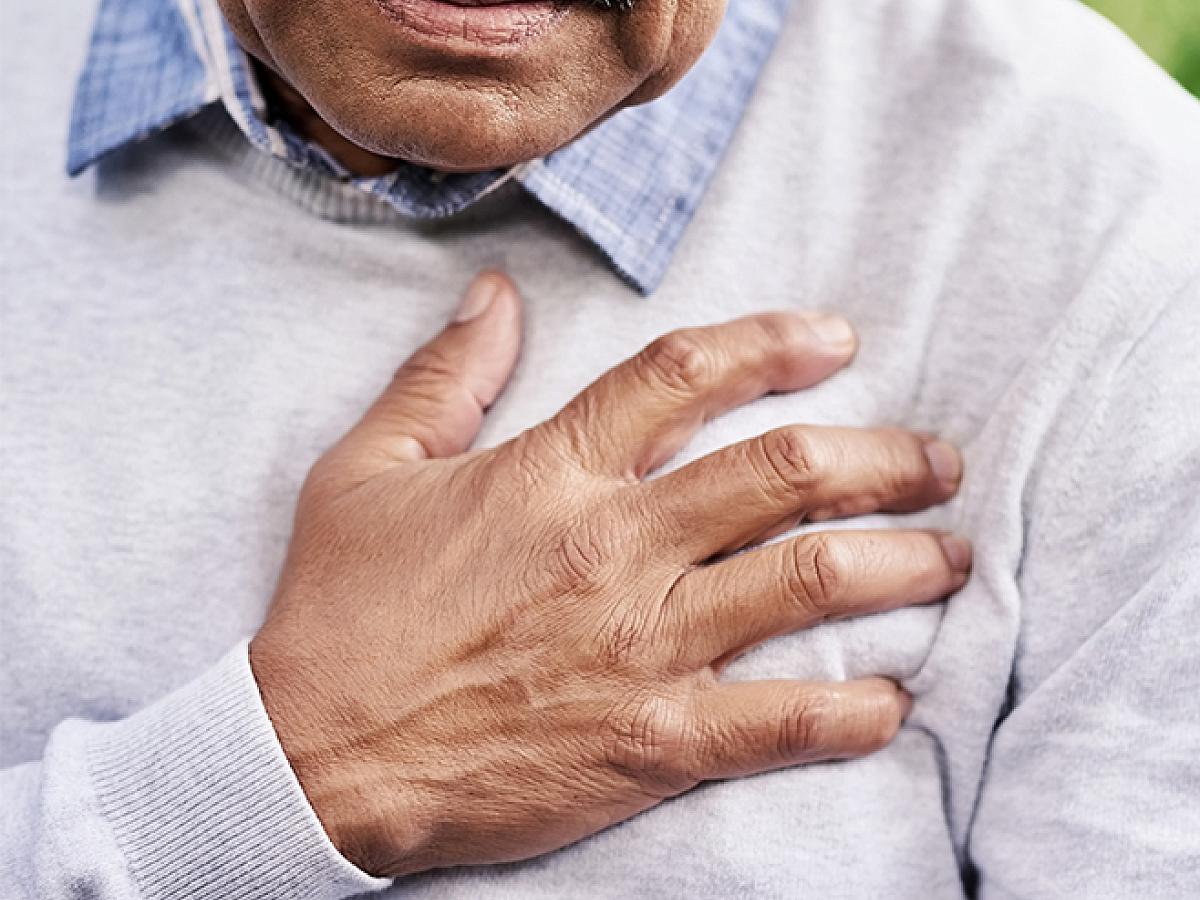What Is Cardiac Ablation?
Cardiac ablation—also called catheter ablation—is a procedure doctors use to treat irregular heartbeats or arrhythmias. During cardiac ablation, doctors insert a thin tube called a catheter into your heart. Doctors then use this catheter to kill tiny areas of damaged heart tissue that cause your heart to beat abnormally.
Catheters use heat (radiofrequency) or cold energy (called cryoablation) to kill damaged heart tissues that are causing problems.
Cardiac ablation can greatly improve or even cure an irregular heartbeat. Many doctors recommend ablation as an alternative to taking medication for the rest of your life. Your doctor may also recommend ablation if your medication can’t fix the problems with your heart’s rhythm.
Cardiac Ablation Procedure
Find a Heart Specialist
What Is the Success Rate for Catheter Ablation?
Catheter ablation procedures are usually very successful at treating with patients with arrhythmias. Success rates can be higher than 95 percent, but depend heavily on many factors, including the type of your arrhythmia type, where it's located, and other factors.
Depending on the type of arrhythmia you have, your doctor may ask you to keep taking medicine so your heartbeat can stay steady and normal. Some people also need to have catheter ablation more than once or combine it with other treatments.
How Long Does it Take to Do a Cardiac Ablation?
Catheter ablation usually takes between three and six hours, but will depend on the type of arrhythmia you have.
Usually, a cardiac electrophysiologist performs the procedure inside an electrophysiology lab. A cardiac electrophysiologist has special training in how to treat irregular heart rhythms.
What Happens During the Procedure?
Before your procedure starts, your nurse or medical team will give you medicine in an IV to help you relax. An anesthesiologist will give you anesthesia to put you to sleep.
Once your medication starts to kick in, your doctor will numb a part of your skin that’s close to your groin. Some doctors choose to insert the catheter through your arm or neck, but this is rare. Next, your doctor will insert thin IV tubes (sheaths) into one of your blood vessels and carefully push the needles through to your heart. Your doctor will then insert many wires and a small catheter into your heart through these IV tubes.
Your doctor will use video X-ray (fluoroscopy) to see your heart and the wires she inserted while she’s doing the procedure. Many doctors also use a special computer system to visualize (see) where the catheters are located inside your heart without using radiation.
Once your doctor has identified and diagnosed your arrhythmia, your doctor will send heat or cold energy from the catheter to kill (or ablate) the tiny areas of tissue in your heart that are causing problems.
After the catheter has destroyed your damaged heart tissues, your doctor will do some tests to be sure you heart isn’t beating irregularly anymore. Your doctor might also use medicine to test if your heart is still having problems beating.
Most patients don’t feel pain during a catheter ablation, but it depends on where the ablation is happening inside the heart. You may have a little bit of discomfort around your chest or shoulders. Once the catheter stops sending heat to destroy your heart tissues, your doctor will remove the catheters from your body. Your doctor will then apply pressure to the area where your catheter was inserted to stop bleeding. Most patients won't need sutures (stitches).
Catheter Ablation Recovery Time
After your procedure, your doctor will ask you to lie flat for four to six hours. This lowers your chance of bleeding. Your doctor will monitor your heart rhythm and your medical team will offer you pain medicine if you need it.
Some patients can go home the same day after their procedure. Other patients will need to stay overnight. How soon you can go home will depend on what type of ablation you had and how well your heart is doing after the procedure. If you can go home the same day, make sure someone else is available to drive drive you home.
After Your Cardiac Ablation: Follow-Up Care
After your procedure, your chest might ache. You might also have bruising or discomfort close to where your catheter was inserted. Some people have skipped heartbeats or a heart rhythm that’s irregular and not steady.
Be sure not to drive the day after your procedure. Don’t lift anything heavier than 10 pounds for at least the first seven to ten days afterwards. You also shouldn’t exercise until your doctor tells you it's okay to start exercising again.
You may be a bit sore for up to a week afterwards. But you should be able to get back to your day-to-day activities within a week of the procedure.
It’s important to follow all of your doctor’s instructions, especially for your follow-up visits, medications, and how much you can safely exercise.
When Should You Call Your Doctor?
Be sure to call your doctor right away if you have any of the following symptoms:
- Heavy or excessive bleeding
- Chest pain
- Difficulty breathing
- Confusion
- Swelling or pain where your catheters were
- A fever that’s 100.4 F (38C) or higher
- Irregular heartbeat that lasts for a long time




